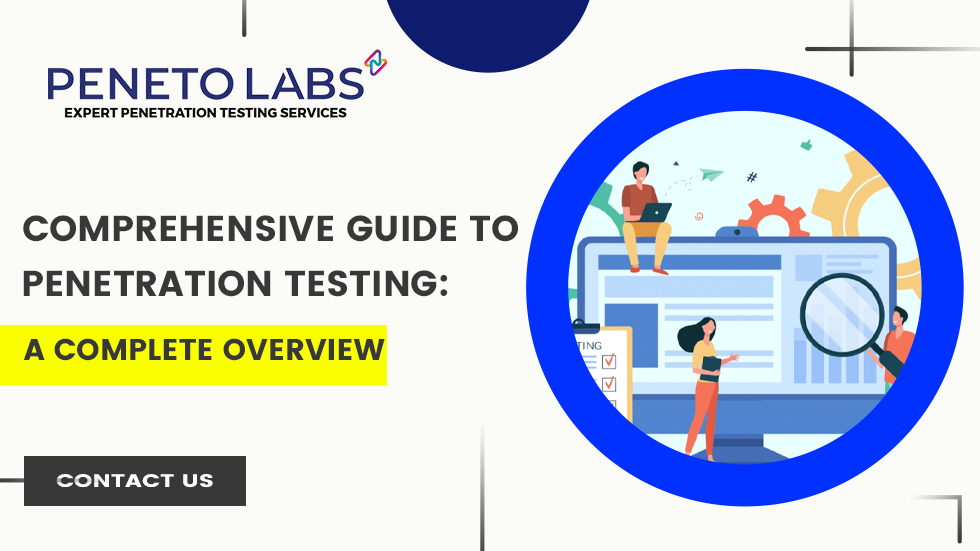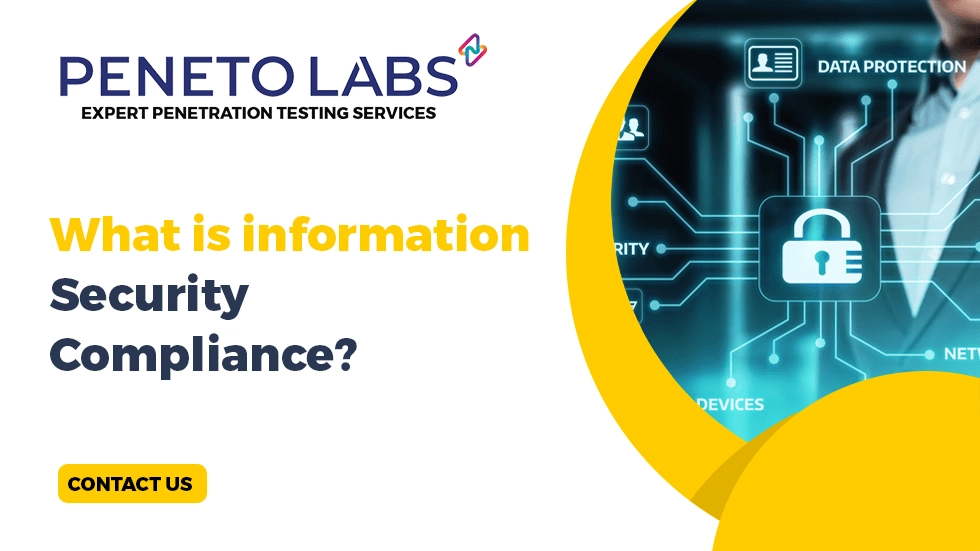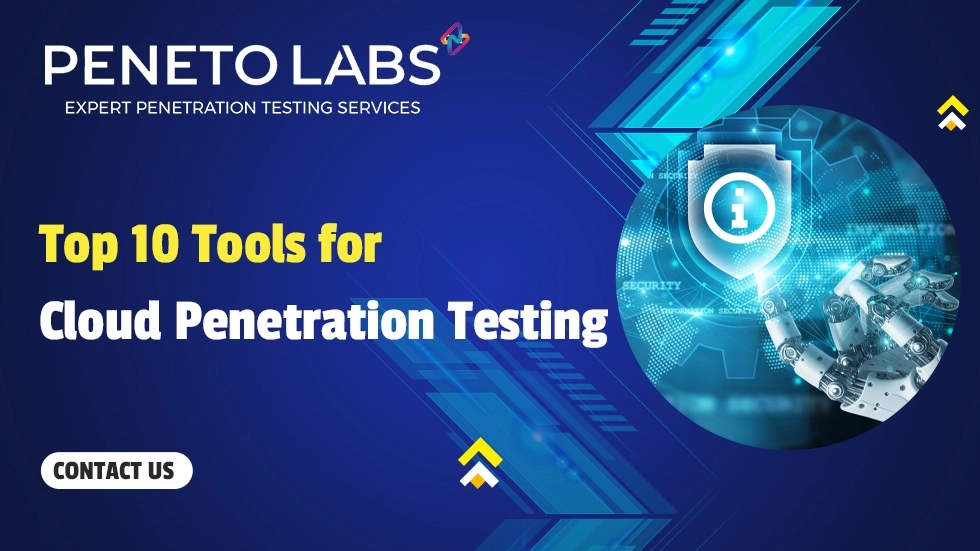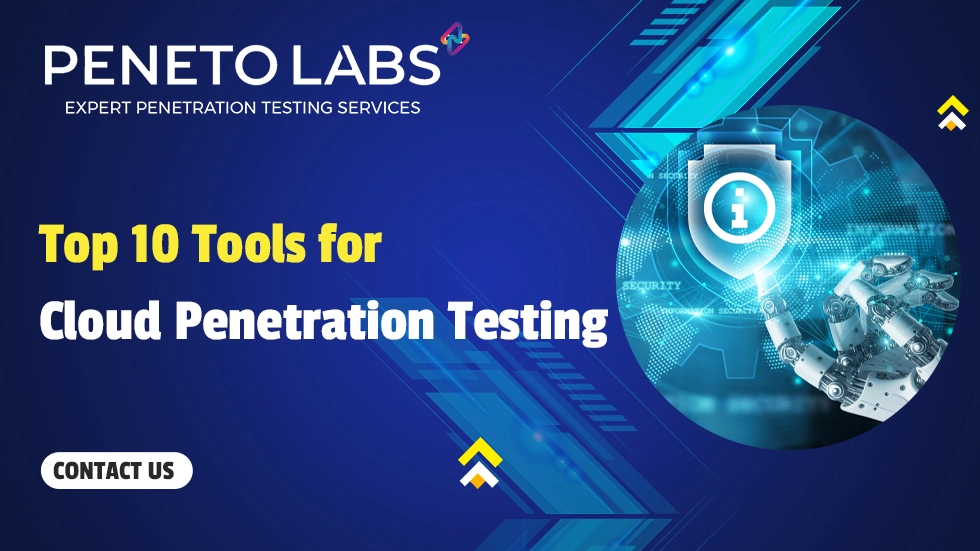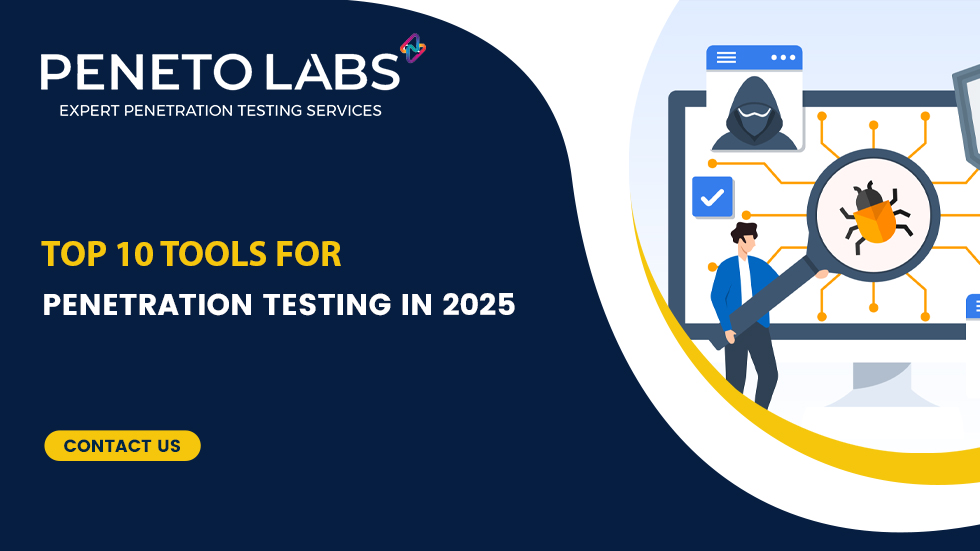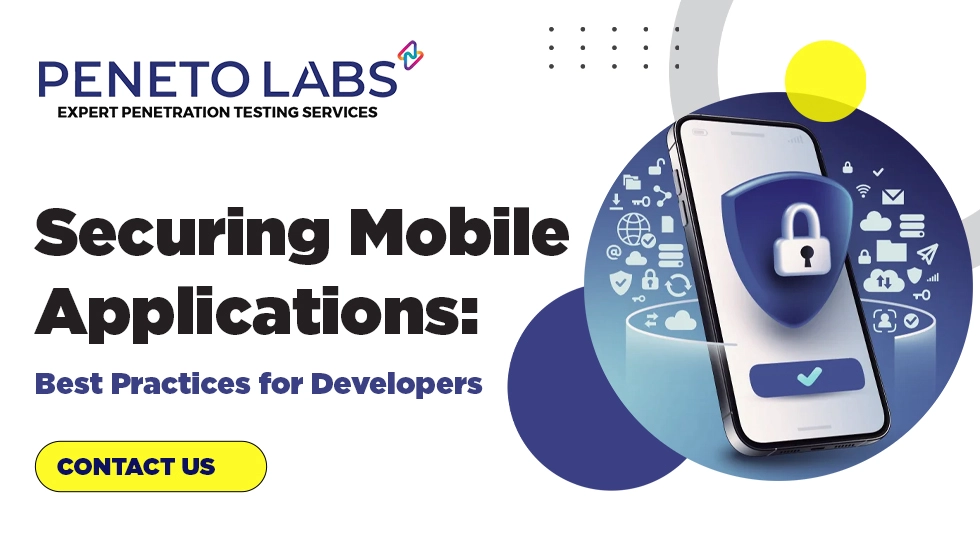
Securing Mobile Applications: Best Practices for Developers
by Pradeep R | Feb 5, 2025 | Penetration Testing
Securing Mobile Applications: Best Practices for Developers

In today’s digital age, mobile applications have become essential tools for both personal and business use. From banking and shopping to communication and entertainment, mobile apps are an integral part of our daily lives. However, with the growing reliance on these apps, the importance of securing them cannot be overstated. Mobile app security is a critical concern, as the consequences of a security breach can be disastrous, both for businesses and end-users.
This blog will walk you through the best practices for securing mobile applications. Whether you’re a developer, a business owner, or simply someone looking to learn more about app security, this guide will provide you with practical tips and insights to ensure that your mobile applications are safe and secure.
What is Mobile Application Security?
Mobile application security refers to the measures and practices taken to protect mobile apps from various security threats and vulnerabilities. These threats can range from data breaches and malware to unauthorized access and cyber-attacks. A mobile app that isn’t secure can expose sensitive user data and business assets to malicious entities, leading to significant financial and reputational damage.
Why is Mobile Application Security Important?
- Protecting User Data: Mobile apps often store sensitive data like personal information, payment details, and location data. A breach can lead to identity theft or fraud.
- Preventing Malware: Attackers may use mobile apps as a vehicle to spread malware, which can compromise user devices and the entire ecosystem.
- Ensuring Business Continuity: A security breach can disrupt business operations, resulting in downtime, lost revenue, and legal consequences.
- Compliance with Regulations: For businesses handling sensitive data (e.g., healthcare, finance), ensuring security compliance with regulations like GDPR, HIPAA, and PCI-DSS is mandatory.
Best Practices for Securing Mobile Applications
Mobile app security should be integrated throughout the app development lifecycle. Here are the key best practices that every mobile app developer should follow to build secure applications.
Obfuscation
Obfuscating your app’s source code makes it more difficult for attackers to reverse-engineer the code. By scrambling the code, obfuscation prevents the extraction of sensitive information, such as API keys, passwords, and encryption algorithms.
Secure Coding Practices
Follow secure coding standards to avoid vulnerabilities like code injection, buffer overflows, and insecure deserialization. Always validate user inputs to prevent SQL injection or cross-site scripting (XSS) attacks. Proper error handling and logging can also help identify and fix security vulnerabilities.
Use Strong Authentication Mechanisms
Authentication is a critical element of app security. Always use multi-factor authentication (MFA) or biometric authentication (fingerprint, face recognition) to verify user identity. OAuth 2.0 is also a great option for secure authorization.

Why Peneto Labs is the Best Choice for Mobile Application Penetration Testing?
- Peneto Labs is empanelled by CERT-In, our audit certifications come with the highest level of credibility.
- With certifications like OSCP, OSCE, GWAPT, GXPN, and CRT, Peneto Labs consultants bring world-class expertise to every assessment.
- Our assessments follow Proven Methodologies like OWASP, NIST, PTES, and MITRE, for high-quality results.
- Our assessments mimic Real-World Hacker Techniques, providing deeper insights into your organization's vulnerabilities
- Remediation-Focused Reports with clear, actionable insights that help you remediate issues.
- Trusted by brands like Aditiya Brila, Axis Finance, Federal Bank, GEOJIT, LYCA, etc.

Encryption
Encrypt all sensitive data both in transit and at rest. Use Transport Layer Security (TLS) for secure communication between the mobile app and the server, and Advanced Encryption Standard (AES-256) for storing data. This ensures that even if an attacker gains access to the data, it is unreadable without the decryption key.
Secure Storage
Never store sensitive information like passwords or credit card numbers in plain text. On iOS, use the Keychain for storing sensitive data, and on Android, use the Keystore. These are secure storage mechanisms designed to protect data on the device.
Avoid Storing Sensitive Data Locally
If your app needs to store sensitive data, consider storing it on a secure server rather than on the local device. This reduces the risk of exposing sensitive information in case the device is compromised.
Use HTTPS for All Communications
Always use HTTPS (HyperText Transfer Protocol Secure) for all communication between the app and the server. HTTPS ensures that data transmitted between the client and the server is encrypted, preventing man-in-the-middle attacks.
Verify SSL/TLS Certificates
SSL/TLS certificates authenticate the identity of a server and establish an encrypted connection. Ensure that your app verifies these certificates properly and does not accept self-signed or expired certificates, which could indicate a potential security risk.
Limit API Access
Design your app’s API with security in mind. Implement rate limiting to prevent abuse, and use access tokens to ensure that only authorized users can access certain features. Additionally, make sure APIs are secured with proper authentication mechanisms like OAuth.
Don’t Let Hackers Win—Secure Your App Now!
Get our exclusive Web Security Checklist, and take the first step toward a safer web application!
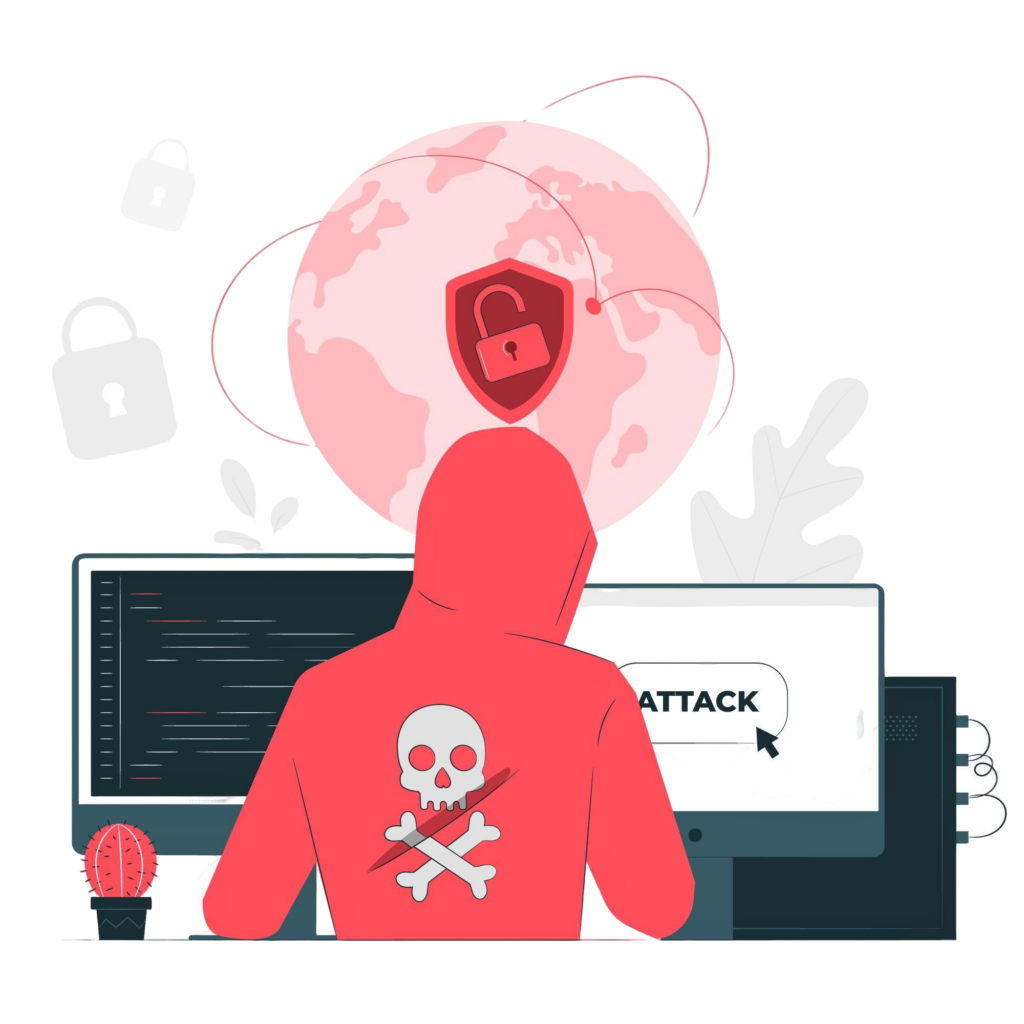
Timely Patches
One of the most important aspects of mobile app security is keeping it updated. Vulnerabilities and security flaws are discovered regularly, so it’s essential to release timely patches to address these issues. Ensure that your app has an efficient update mechanism so that users always have the latest and most secure version.
Automated Security Tools
Automated security tools like vulnerability scanners can help identify potential weaknesses in your app. These tools can analyze your app’s code and suggest fixes for common vulnerabilities. Regular scanning ensures your app stays secure over time.
Minimal Permissions
Request only the permissions your app absolutely needs to function. The fewer permissions an app has, the less opportunity there is for it to be exploited. For example, if your app doesn’t require access to the camera or contacts, don’t ask for these permissions.
Role-based Access Control (RBAC)
Implement role-based access control to limit access to sensitive parts of your app. Users should only be able to access the data and features that are relevant to their role. By following the principle of least privilege, you minimize the impact of a potential security breach.
Monitoring and Logging
Continuous monitoring of your app is vital for detecting any suspicious activity or unauthorized access. Implement logging mechanisms to capture key security events like login attempts, failed access attempts, and data changes. These logs will help you identify and respond to potential threats.
Incident Response Plan
Develop a comprehensive incident response plan to handle security breaches or vulnerabilities. This should include steps for identifying the breach, containing it, communicating with stakeholders, and patching the vulnerability to prevent further damage.
Penetration Testing
Penetration testing (pen testing) simulates a cyberattack on your mobile application to uncover vulnerabilities before they can be exploited. Regular pen tests help developers identify weaknesses in code, infrastructure, and configurations. It’s an essential part of a robust security strategy.
Static and Dynamic Analysis
Static and dynamic analysis tools can be used to identify security flaws in the code. Static analysis examines the app’s source code for vulnerabilities, while dynamic analysis inspects the app during runtime. Both methods should be part of your security testing routine.
Bug Bounty Programs
A bug bounty program allows ethical hackers and security researchers to report vulnerabilities in your app in exchange for a reward. This approach helps crowdsource security testing and often uncovers issues that automated tools might miss.
Top Tools for Mobile App Security
The OWASP Mobile Security Project is an excellent resource for mobile app developers. It offers guidelines, tools, and documentation to help you address common mobile app security risks. The OWASP Mobile Top Ten is a widely recognized list of the most critical mobile security risks, providing a roadmap for developers to secure their apps.
Burp Suite is an integrated platform for testing the security of mobile apps. It allows you to intercept and modify HTTP requests between the mobile app and its backend server. It also features automated vulnerability scanners that can identify common security flaws, making it a go-to tool for security professionals.
MobSF is an open-source framework for static and dynamic analysis of Android and iOS apps. It’s an easy-to-use tool that helps identify security flaws early in the development process. MobSF provides detailed reports on potential risks and vulnerabilities, making it an invaluable resource for mobile developers.
QARK is a security auditing tool designed specifically for Android apps. It can identify common vulnerabilities such as insecure storage, insecure communication, and improper API usage. By integrating QARK into your development process, you can easily detect security flaws before releasing the app.
Checkmarx is a static application security testing (SAST) solution that scans your app’s code for vulnerabilities. It provides detailed reports and remediation suggestions, helping developers fix security issues before they become major problems. It integrates with your development pipeline, enabling continuous security testing.
Penetolabs for Penetration Testing
Penetolabs is a specialized penetration testing service that focuses on discovering vulnerabilities in mobile applications and APIs. Penetolabs performs thorough testing by using both manual and automated techniques to uncover vulnerabilities that could lead to data breaches, malware distribution, or unauthorized access. Key features of Penetolabs include:
- API Security Testing: Identifying vulnerabilities in the communication channels between your app and backend services.
- Reverse Engineering: Analyzing how attackers could reverse-engineer your app to gain unauthorized access.
- Exploit Development: Developing real-world exploit scenarios to assess the impact of vulnerabilities.
Penetolabs is a comprehensive solution for developers who want to ensure that their mobile applications are resilient against the latest security threats.
Platform-Specific Security Considerations
For iOS apps, it’s important to leverage the built-in security features that Apple provides. Use the Secure Enclave for storing sensitive data like biometric credentials, and always implement app sandboxing to isolate apps from Securing Mobile Applications: Best Practices for Developers
In today’s digital age, mobile applications have become essential tools for both personal and business use. From banking and shopping to communication and entertainment, mobile apps are an integral part of our daily lives. However, with the growing reliance on these apps, the importance of securing them cannot be overstated. Mobile app security is a critical concern, as the consequences of a security breach can be disastrous, both for businesses and end-users.
This blog will walk you through the best practices for securing mobile applications. Whether you’re a developer, a business owner, or simply someone looking to learn more about app security, this guide will provide you with practical tips and insights to ensure that your mobile applications are safe and secure.
What is Mobile Application Security?
Mobile application security refers to the measures and practices taken to protect mobile apps from various security threats and vulnerabilities. These threats can range from data breaches and malware to unauthorized access and cyber-attacks. A mobile app that isn’t secure can expose sensitive user data and business assets to malicious entities, leading to significant financial and reputational damage.
- Protecting User Data: Mobile apps often store sensitive data like personal information, payment details, and location data. A breach can lead to identity theft or fraud.
- Preventing Malware: Attackers may use mobile apps as a vehicle to spread malware, which can compromise user devices and the entire ecosystem.
- Ensuring Business Continuity: A security breach can disrupt business operations, resulting in downtime, lost revenue, and legal consequences.
- Compliance with Regulations: For businesses handling sensitive data (e.g., healthcare, finance), ensuring security compliance with regulations like GDPR, HIPAA, and PCI-DSS is mandatory.
Best Practices for Securing Mobile Applications
Mobile app security should be integrated throughout the app development lifecycle. Here are the key best practices that every mobile app developer should follow to build secure applications.
Obfuscation
Obfuscating your app’s source code makes it more difficult for attackers to reverse-engineer the code. By scrambling the code, obfuscation prevents the extraction of sensitive information, such as API keys, passwords, and encryption algorithms.
Secure Coding Practices
Follow secure coding standards to avoid vulnerabilities like code injection, buffer overflows, and insecure deserialization. Always validate user inputs to prevent SQL injection or cross-site scripting (XSS) attacks. Proper error handling and logging can also help identify and fix security vulnerabilities.
Use Strong Authentication Mechanisms
Authentication is a critical element of app security. Always use multi-factor authentication (MFA) or biometric authentication (fingerprint, face recognition) to verify user identity. OAuth 2.0 is also a great option for secure authorization.
Encryption
Encrypt all sensitive data both in transit and at rest. Use Transport Layer Security (TLS) for secure communication between the mobile app and the server, and Advanced Encryption Standard (AES-256) for storing data. This ensures that even if an attacker gains access to the data, it is unreadable without the decryption key.
Secure Storage
Never store sensitive information like passwords or credit card numbers in plain text. On iOS, use the Keychain for storing sensitive data, and on Android, use the Keystore. These are secure storage mechanisms designed to protect data on the device.
Avoid Storing Sensitive Data Locally
If your app needs to store sensitive data, consider storing it on a secure server rather than on the local device. This reduces the risk of exposing sensitive information in case the device is compromised.
Use HTTPS for All Communications
Always use HTTPS (HyperText Transfer Protocol Secure) for all communication between the app and the server. HTTPS ensures that data transmitted between the client and the server is encrypted, preventing man-in-the-middle attacks.
Verify SSL/TLS Certificates
SSL/TLS certificates authenticate the identity of a server and establish an encrypted connection. Ensure that your app verifies these certificates properly and does not accept self-signed or expired certificates, which could indicate a potential security risk.
Limit API Access
Design your app’s API with security in mind. Implement rate limiting to prevent abuse, and use access tokens to ensure that only authorized users can access certain features. Additionally, make sure APIs are secured with proper authentication mechanisms like OAuth.
Timely Patches
One of the most important aspects of mobile app security is keeping it updated. Vulnerabilities and security flaws are discovered regularly, so it’s essential to release timely patches to address these issues. Ensure that your app has an efficient update mechanism so that users always have the latest and most secure version.
Automated Security Tools
Automated security tools like vulnerability scanners can help identify potential weaknesses in your app. These tools can analyze your app’s code and suggest fixes for common vulnerabilities. Regular scanning ensures your app stays secure over time.
Minimal Permissions
Request only the permissions your app absolutely needs to function. The fewer permissions an app has, the less opportunity there is for it to be exploited. For example, if your app doesn’t require access to the camera or contacts, don’t ask for these permissions.
Role-based Access Control (RBAC)
Implement role-based access control to limit access to sensitive parts of your app. Users should only be able to access the data and features that are relevant to their role. By following the principle of least privilege, you minimize the impact of a potential security breach.
Monitoring and Logging
Continuous monitoring of your app is vital for detecting any suspicious activity or unauthorized access. Implement logging mechanisms to capture key security events like login attempts, failed access attempts, and data changes. These logs will help you identify and respond to potential threats.
Incident Response Plan
Develop a comprehensive incident response plan to handle security breaches or vulnerabilities. This should include steps for identifying the breach, containing it, communicating with stakeholders, and patching the vulnerability to prevent further damage.
Penetration Testing
Penetration testing (pen testing) simulates a cyberattack on your mobile application to uncover vulnerabilities before they can be exploited. Regular pen tests help developers identify weaknesses in code, infrastructure, and configurations. It’s an essential part of a robust security strategy.
Static and Dynamic Analysis
Static and dynamic analysis tools can be used to identify security flaws in the code. Static analysis examines the app’s source code for vulnerabilities, while dynamic analysis inspects the app during runtime. Both methods should be part of your security testing routine.
Bug Bounty Programs
A bug bounty program allows ethical hackers and security researchers to report vulnerabilities in your app in exchange for a reward. This approach helps crowdsource security testing and often uncovers issues that automated tools might miss.
Top Tools for Mobile App Security
The OWASP Mobile Security Project is an excellent resource for mobile app developers. It offers guidelines, tools, and documentation to help you address common mobile app security risks. The OWASP Mobile Top Ten is a widely recognized list of the most critical mobile security risks, providing a roadmap for developers to secure their apps.
Burp Suite is an integrated platform for testing the security of mobile apps. It allows you to intercept and modify HTTP requests between the mobile app and its backend server. It also features automated vulnerability scanners that can identify common security flaws, making it a go-to tool for security professionals.
MobSF is an open-source framework for static and dynamic analysis of Android and iOS apps. It’s an easy-to-use tool that helps identify security flaws early in the development process. MobSF provides detailed reports on potential risks and vulnerabilities, making it an invaluable resource for mobile developers.
QARK is a security auditing tool designed specifically for Android apps. It can identify common vulnerabilities such as insecure storage, insecure communication, and improper API usage. By integrating QARK into your development process, you can easily detect security flaws before releasing the app.
Checkmarx is a static application security testing (SAST) solution that scans your app’s code for vulnerabilities. It provides detailed reports and remediation suggestions, helping developers fix security issues before they become major problems. It integrates with your development pipeline, enabling continuous security testing.
Platform-Specific Security Considerations
For iOS apps, it’s important to leverage the built-in security features that Apple provides. Use the Secure Enclave for storing sensitive data like biometric credentials, and always implement app sandboxing to isolate apps from
other apps and the system. You should also enable App Transport Security (ATS) to enforce secure communication protocols.
For Android apps, make use of Android’s SafetyNet API to verify the integrity of the device and ensure that the app hasn’t been tampered with. Also, enforce secure app signing and use Android’s Keystore system to securely store cryptographic keys. Always follow Android’s best practices for app permissions to minimize the attack surface.
User Education and Awareness
Educating users about mobile security can go a long way in reducing the risk of attacks. Encourage users to
- Download apps only from trusted sources like the Apple App Store or Google Play.
- Regularly update apps to benefit from the latest security patches.
- Use strong, unique passwords for each app.
- Be cautious about granting excessive permissions to apps.
App Permissions Transparency
Provide clear explanations to users about why your app requests certain permissions, such as accessing location or camera features. This builds trust with users and helps them make informed decisions about their privacy.
Penetolabs is a specialized penetration testing service that focuses on discovering vulnerabilities in mobile applications and APIs. Penetolabs performs thorough testing by using both manual and automated techniques to uncover vulnerabilities that could lead to data breaches, malware distribution, or unauthorized access. Key features of Penetolabs include
- API Security Testing: Identifying vulnerabilities in the communication channels between your app and backend services.
- Reverse Engineering: Analyzing how attackers could reverse-engineer your app to gain unauthorized access.
- Exploit Development: Developing real-world exploit scenarios to assess the impact of vulnerabilities.
Penetolabs is a comprehensive solution for developers who want to ensure that their mobile applications are resilient against the latest security threats.
Conclusion
Securing mobile applications is no longer a luxury; it’s a necessity. By following these best practices, using the right tools, and regularly testing your app for vulnerabilities, you can significantly reduce the risk of a security breach. Always remember that security is an ongoing process—stay vigilant, keep your apps updated, and ensure that both developers and users are educated about the importance of mobile app security.
Implementing these strategies will not only protect sensitive data but also ensure that your users can trust your app, making it a critical part of maintaining a secure digital ecosystem.


